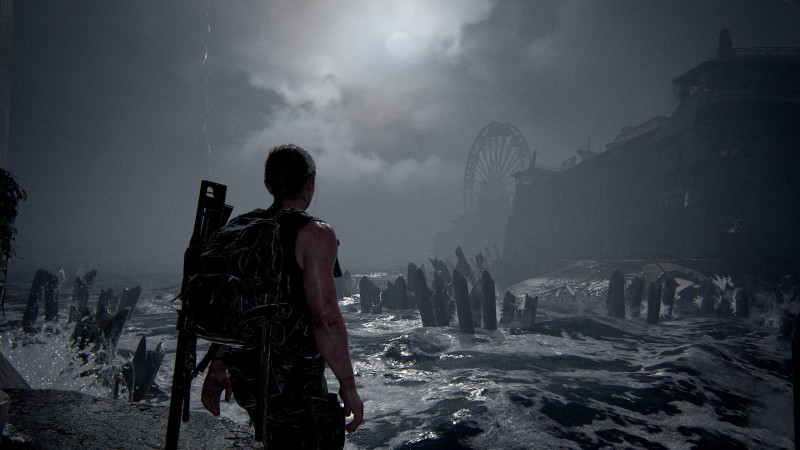@Dictator I saw your post on Bsky lol. I hope you guys cook this issue specifically and really call attention to SquareEnix to fix it in your video. This is a fixable issue on their side.. but we all know SquareEnix don't exactly update their games often.. and when they do, it's usually rubbish fixes and nothing substantial.
I was really hoping they'd update the original game to precompile shaders.. but alas they haven't.
Right now their eyes are on this game, and the longer we wait, the less likely it gets that they'll fix it.
We REALLY need a Fossilize equivalent for DX12 at this point. If MS doesn't do something like this which would allow Steam and other platforms to host PSO repositories like Vulkan does.. then I'm just biding time until SteamOS works on Desktop. As soon as it does, I'm out. Fuck this.
I was really hoping they'd update the original game to precompile shaders.. but alas they haven't.
Right now their eyes are on this game, and the longer we wait, the less likely it gets that they'll fix it.
We REALLY need a Fossilize equivalent for DX12 at this point. If MS doesn't do something like this which would allow Steam and other platforms to host PSO repositories like Vulkan does.. then I'm just biding time until SteamOS works on Desktop. As soon as it does, I'm out. Fuck this.




